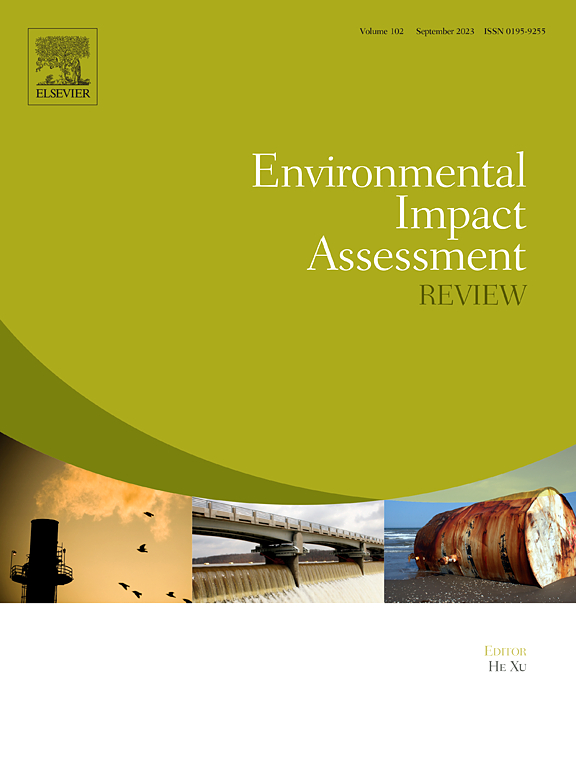Evaluate user satisfaction for urban design of railway station areas: An assessment framework using agent-based simulation
IF 9.8
1区 社会学
Q1 ENVIRONMENTAL STUDIES
引用次数: 0
Abstract
Aims
Railway station areas can play a crucial role in promoting sustainable development if integrated with cities and be fluctuation-responsive through effective urban design. However, during the design stage, assessing the station areas' performance, of which user satisfaction is indicative, is challenging due to methodological limitations. Agent-based simulation (ABS) is promising as it can link spatial features with agents' behavior features. This research questions to what extent ABS can help assess the urban design of station areas.
Methods
This paper adopts the user pyramid as the theoretical framework, which outlines five types of user needs: safety, speed, ease, comfort, and experience. The paper selects indicators linking satisfaction and spatial features at the district and building levels. These indicators are measured in the simulation of the station system using digital tools, including MassMotion and Python scripts. The theory, indicators, and tools, in combination, serve as an assessment framework. Rotterdam Central Station is used as a case to demonstrate how the framework works.
Results
The framework is capable of assessing design alternatives by identifying changes in user satisfaction. It can be applied on the district level (at a scale of 250 m) with substantial details to inform design decision-making, and it is useful during the design stage when only limited data is available. This paper strengthens the scientific knowledge of railway station areas through the multidisciplinary literature review that translates user needs for urban design use, and it advances the digital means to visualize user satisfaction affected by design.
评估用户对火车站区域城市设计的满意度:基于代理的模拟评估框架
目的铁路站区如果能与城市融为一体,并通过有效的城市设计对波动做出反应,就能在促进可持续发展方面发挥至关重要的作用。然而,在设计阶段,由于方法上的限制,评估车站区域的性能(用户满意度是其中的一个指标)具有挑战性。基于代理的模拟(ABS)可以将空间特征与代理的行为特征联系起来,因此前景广阔。本文采用用户金字塔作为理论框架,概述了五种类型的用户需求:安全、速度、便捷、舒适和体验。本文在地区和建筑层面选择了将满意度和空间特征联系起来的指标。这些指标通过使用 MassMotion 和 Python 脚本等数字工具对车站系统进行模拟测量。理论、指标和工具三者相结合,形成了一个评估框架。鹿特丹中央车站作为一个案例,展示了该框架的工作原理。该框架可应用于地区层面(250 米的尺度),为设计决策提供大量细节信息,而且在设计阶段,当数据有限时,该框架也非常有用。本文通过多学科文献综述,将用户需求转化为城市设计用途,加强了对火车站区域的科学认识,并推进了可视化用户满意度受设计影响的数字化手段。
本文章由计算机程序翻译,如有差异,请以英文原文为准。
求助全文
约1分钟内获得全文
求助全文
来源期刊

Environmental Impact Assessment Review
ENVIRONMENTAL STUDIES-
CiteScore
12.60
自引率
10.10%
发文量
200
审稿时长
33 days
期刊介绍:
Environmental Impact Assessment Review is an interdisciplinary journal that serves a global audience of practitioners, policymakers, and academics involved in assessing the environmental impact of policies, projects, processes, and products. The journal focuses on innovative theory and practice in environmental impact assessment (EIA). Papers are expected to present innovative ideas, be topical, and coherent. The journal emphasizes concepts, methods, techniques, approaches, and systems related to EIA theory and practice.
 求助内容:
求助内容: 应助结果提醒方式:
应助结果提醒方式:


